The question that often lingers in the minds of many is, “Can a chainsaw cut metal?” Traditionally associated with the art of cutting wood, chainsaws have evolved significantly over the years.
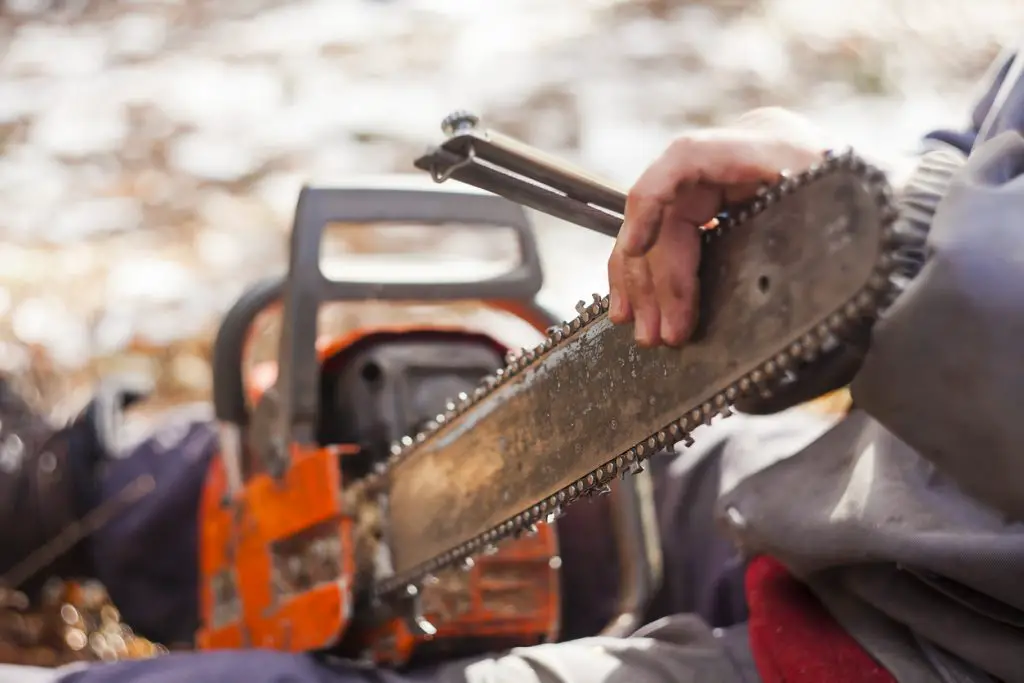
They now come in various shapes, sizes, and configurations, designed to tackle a wide array of cutting tasks. The common image of a chainsaw is one relentlessly chewing through logs of wood, but can it equally chew through metal nails stuck in wood?
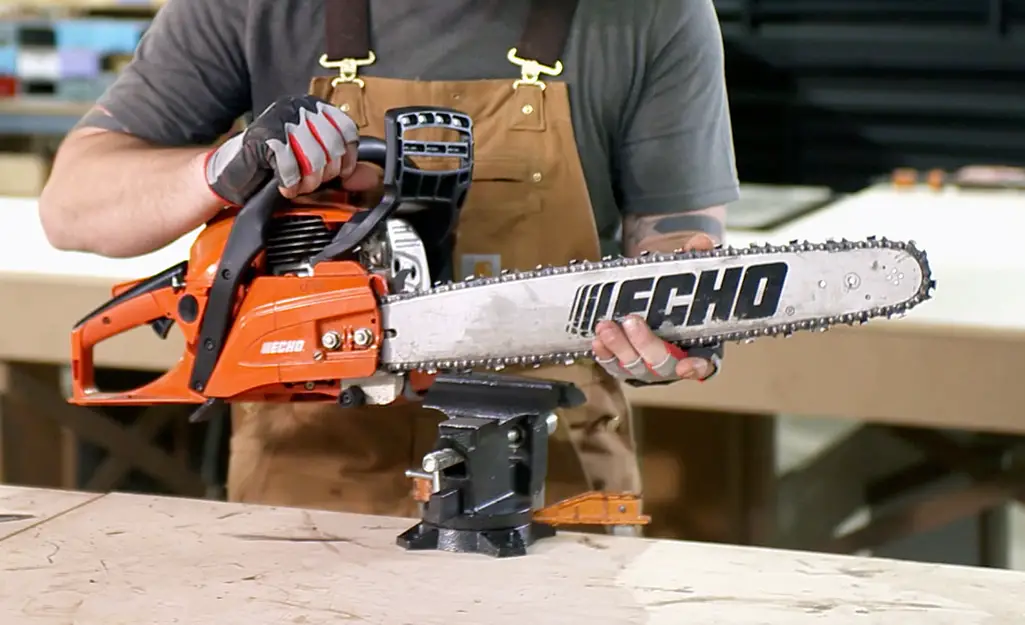
In this extensive exploration, we will delve into the intriguing world of chainsaws, their chains, blades, and their ability to cut through metal. We will discuss the use of specialized tools and techniques, the challenges involved, and the precautions to take when venturing into this unique realm of metal cutting with chainsaws.
The anatomy of a chainsaw
To understand if a chainsaw can cut metal, we must first dissect the chainsaw itself and comprehend its components. A chainsaw is a versatile power tool that typically consists of the following key elements.
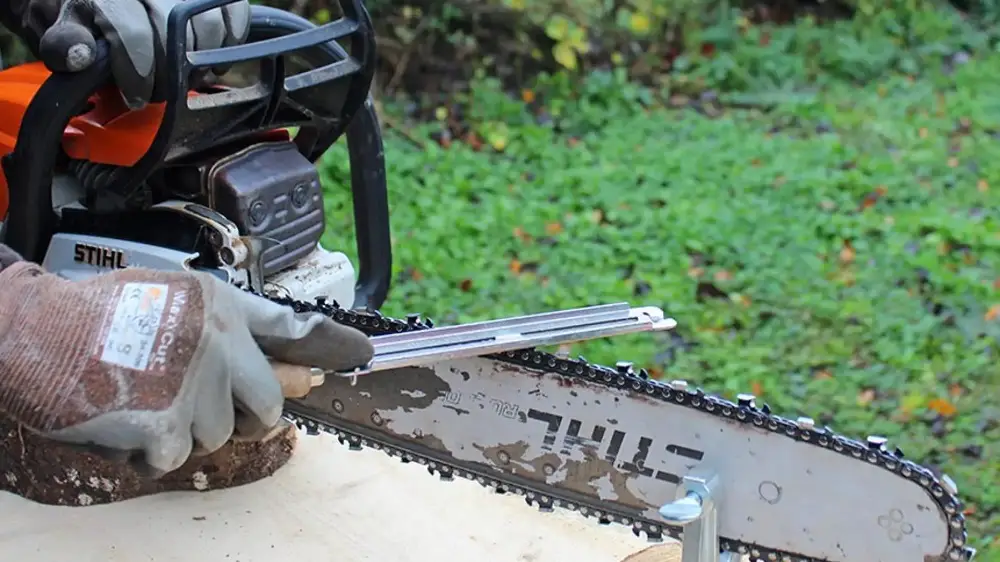
Chainsaw chain: the chain is the heart of a chainsaw, comprised of a series of sharp teeth that rotate around a guide bar to cut wood or other materials. Chainsaw chains vary in design, size, and material, and they play a crucial role in determining the tool’s cutting capability.
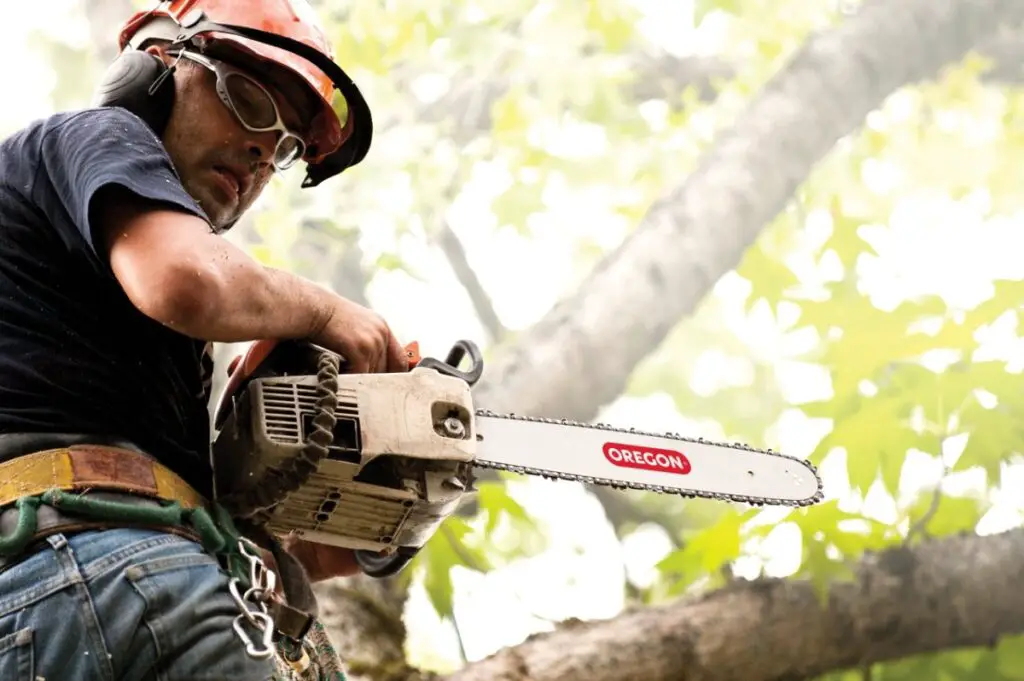
Chainsaw blade: the blade, also known as the guide bar, is a long, narrow, metal bar that supports the chainsaw chain. It provides stability and serves as a guide for the cutting chain.
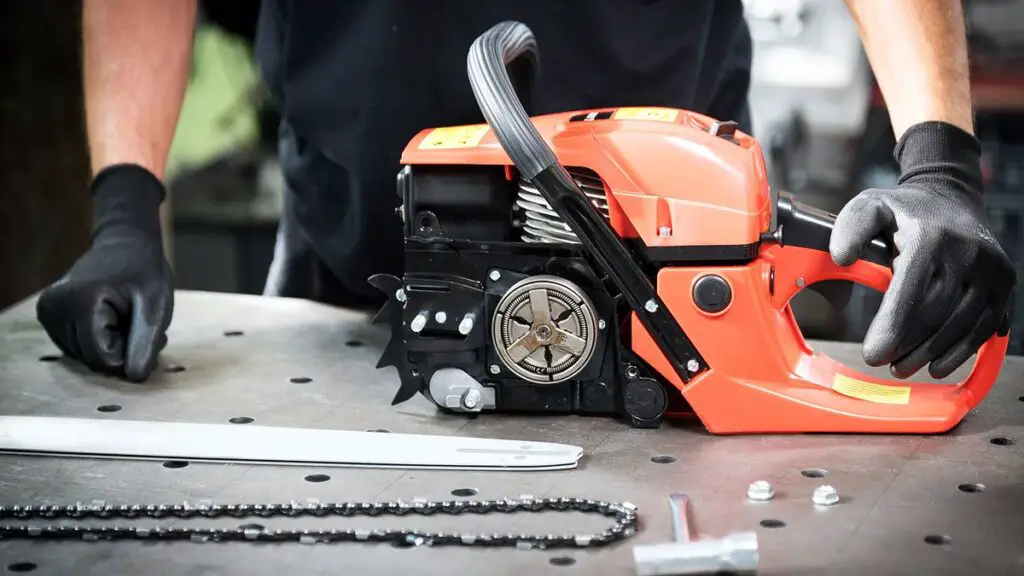
Motor or engine: chainsaws are powered by either gasoline engines or electric motors, depending on the model. The power source influences the chainsaw’s performance and endurance.
Cutting wood: the chainsaw’s forte
Before delving into the realm of cutting metal with a chainsaw, let’s explore the chainsaw’s primary purpose: slicing wood.
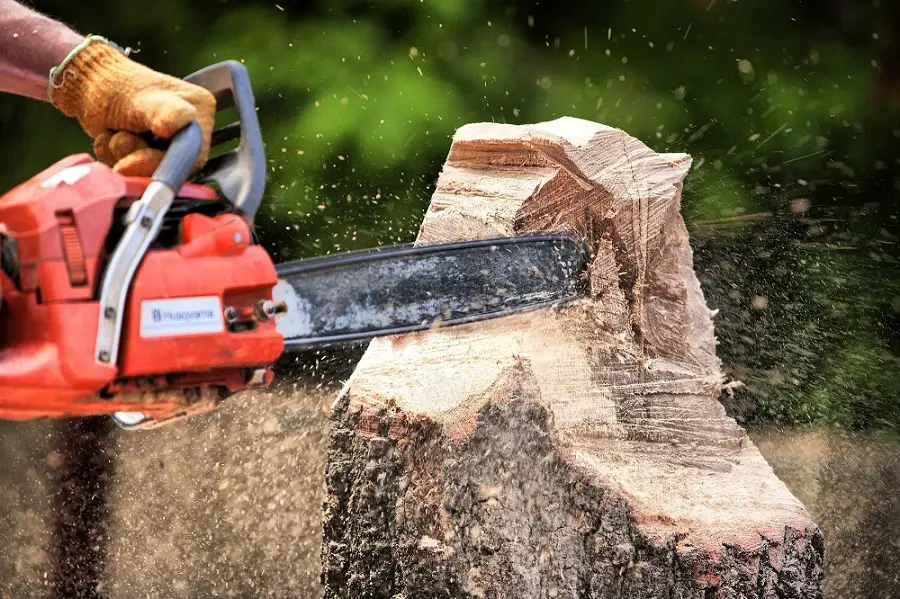
A chainsaw’s efficiency in slicing wood is well-established, making it an indispensable tool for professionals and homeowners alike.
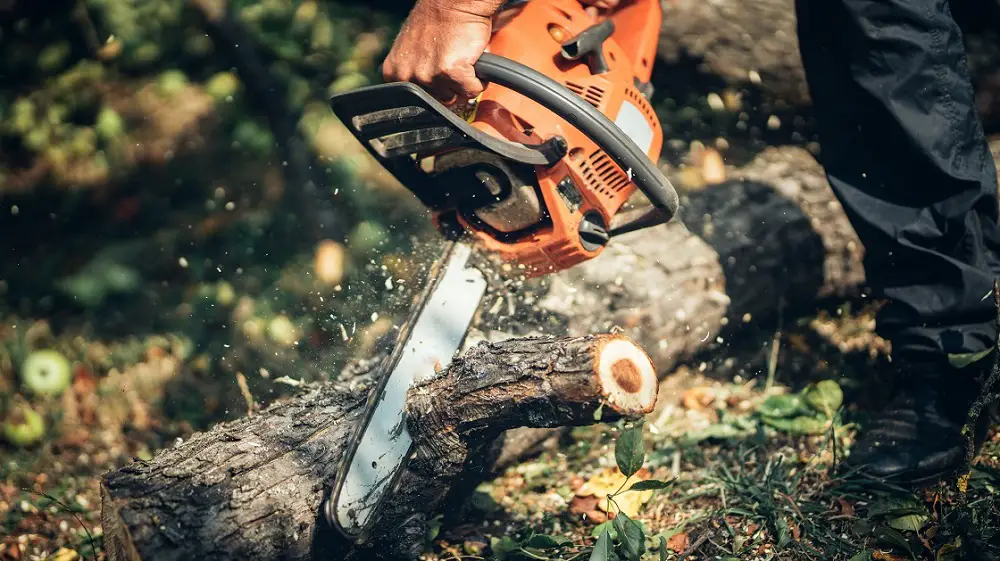
Commercial chainsaws are categorized into different types, ranging from small, home-grade chainsaws to powerful, professional chainsaws designed for large-scale sawing tasks.
- Home-grade chainsaw: these are compact and lightweight chainsaws ideal for homeowners (a standard homeowner chainsaw) who look for tools for cutting firewood and chopping firewood, pruning trees, or handling occasional wood-cutting tasks.
- Professional chainsaw: these heavy-duty machines are designed for arborists, loggers, and other professionals who require a reliable and powerful chainsaw for regular and demanding wood-cutting tasks.
- Industrial chainsaw: the cream of the crop, industrial chainsaws, are engineered for large-scale forestry and logging operations. They possess unparalleled power and durability.
Specialized chainsaw chains for metal slicing
To enhance a chainsaw’s metal-slicing ability, one can use specialized chains designed for this purpose.
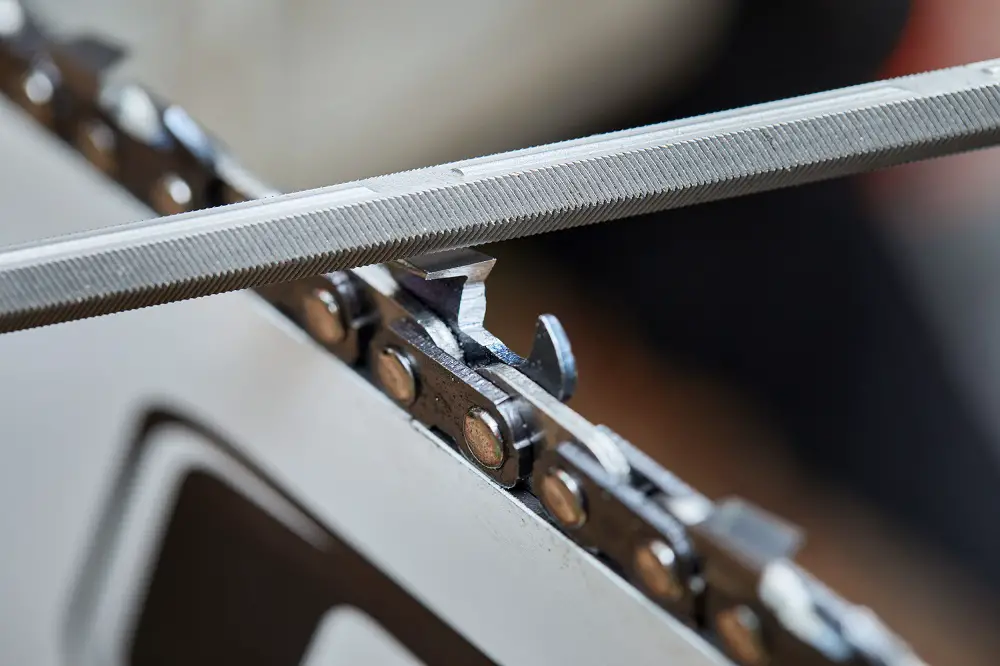
A notable example is the carbide-tipped chain, which features carbide teeth that are exceptionally durable and can endure the abrasive nature of thick metal.
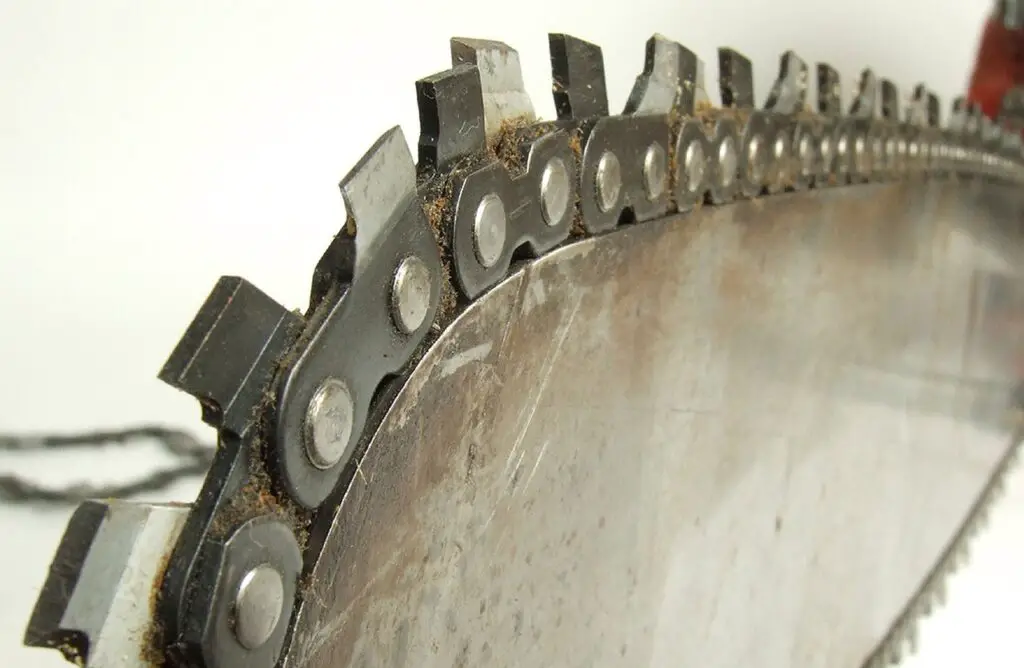
These chains are tailored for cutting metal, but they are not a one-size-fits-all solution. The type of chain you need depends on the specific metal and thickness you intend to cut.
Techniques for Cutting Metal with a Chainsaw
Cutting through metal with an old chainsaw or new chainsaw requires skill and technique. It’s not as straightforward as slicing through wood, and one must be aware of the proper approach.
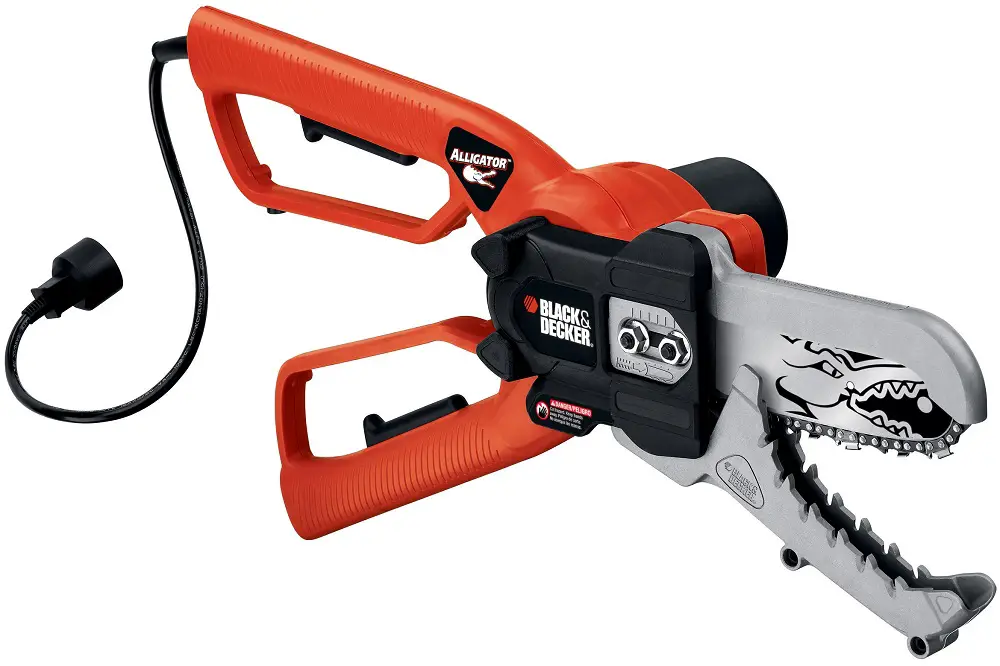
Metal clamping: secure the metal object firmly in place using clamps or vices to prevent movement during cutting. This ensures a cleaner and more precise cut.
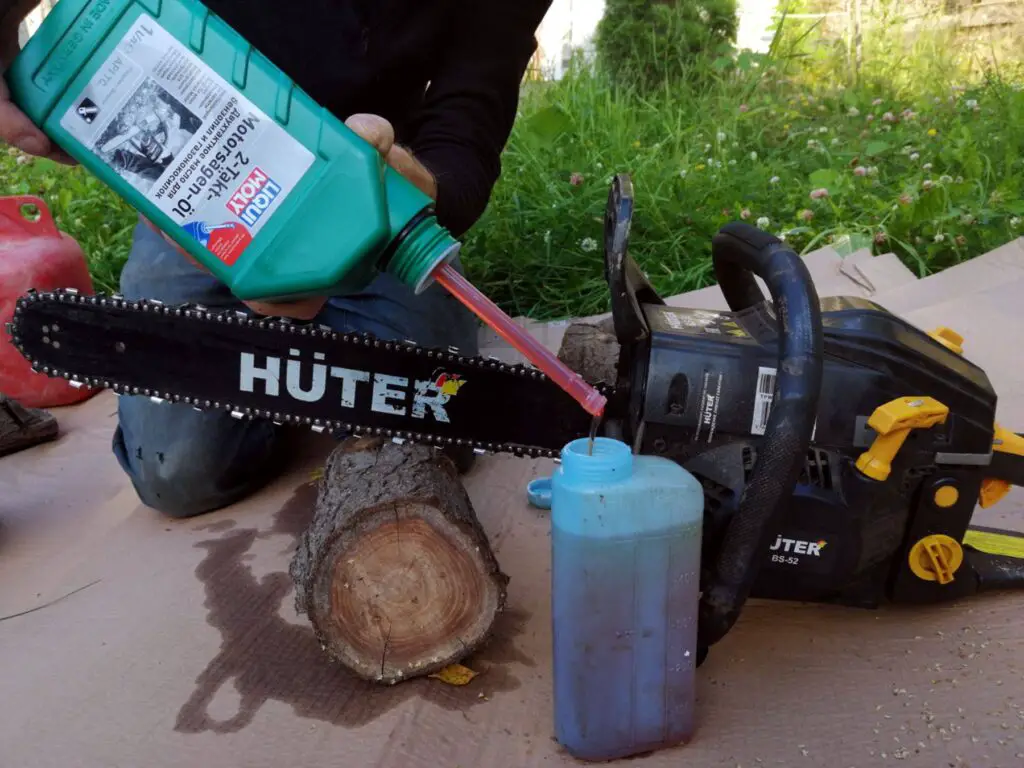
Lubrication: cutting metal generates a significant amount of heat and friction. Using a suitable cutting lubricant or coolant can help reduce heat buildup and prolong the life of the chainsaw chain.

Slow and steady: unlike wood cutting, cutting metal with a chainsaw requires slower and more deliberate movements. Pushing the chainsaw too quickly can lead to overheating and premature wear.
Precautions and safety measures
The importance of safety cannot be overstated when attempting to cut metal with a chainsaw. Given the increased risk associated with cutting metal with a chainsaw, it’s essential to take the following precautions.
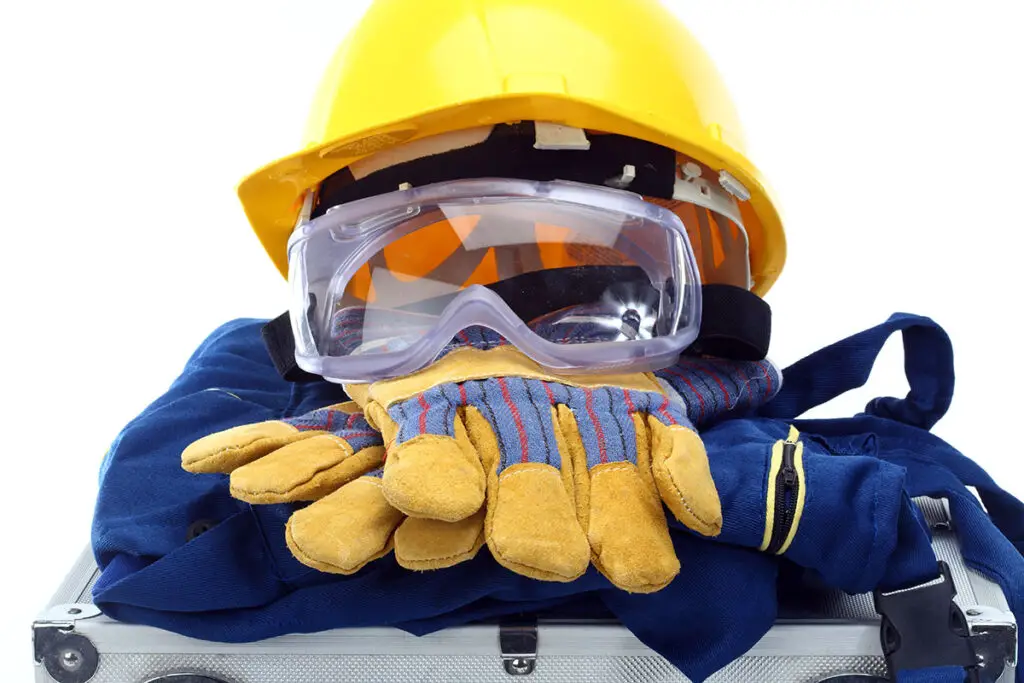
Personal protective equipment (PPE): always wear appropriate safety gear, including safety glasses, hearing protection, gloves, and a full-face shield when cutting metal with a chainsaw.

Ventilation: the chainsaw cut-through metal process generates fumes and particles that may be harmful if inhaled. Ensure proper ventilation when working in an enclosed space.
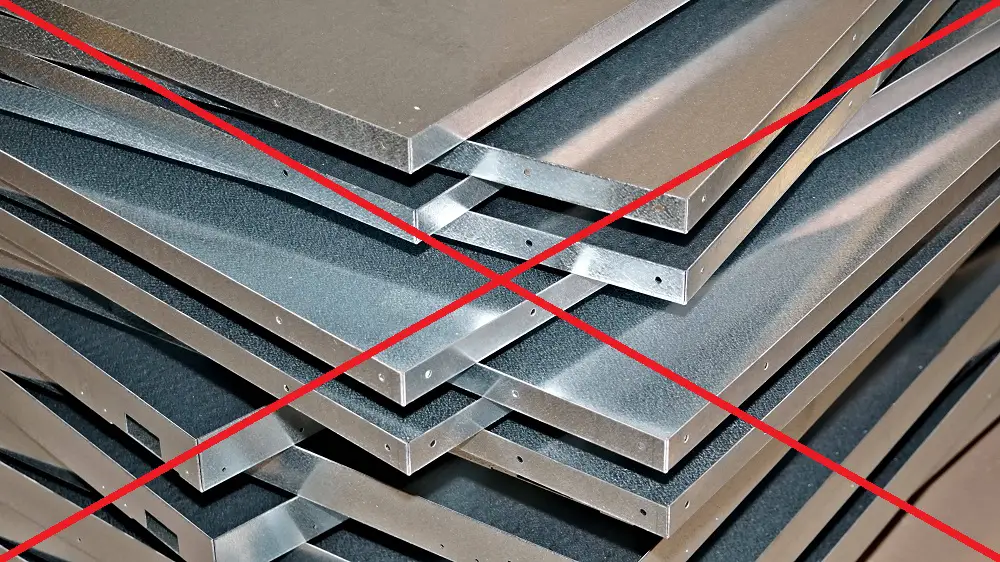
Avoid metal-on-metal contact: minimize metal-on-metal contact to prevent chain damage. Use plastic felling wedges or wooden supports to separate the chainsaw from the metal.
Professional chainsaws
In scenarios where the chainsaw cut-through metal process is a regular part of your work, investing in a high-quality chainsaw specifically designed for the task may be beneficial.
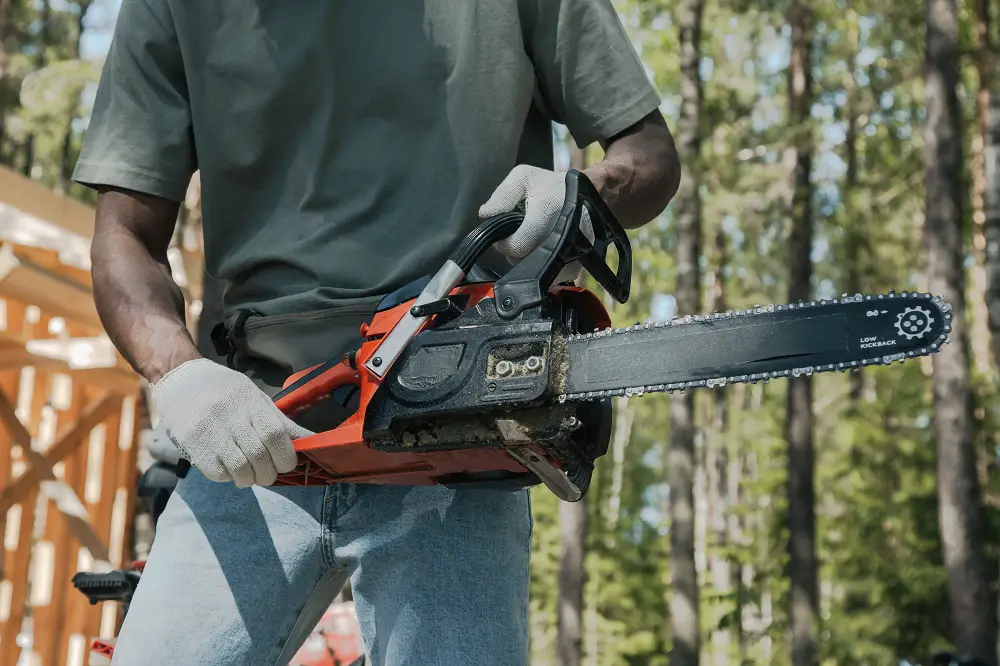
Professional chainsaws are built to withstand the rigors of frequent use and offer features that make the chainsaw cut-through metal process more efficient and precise.
Examples of when chainsaws cut metal
Let’s explore some practical applications where a chainsaw can be used to cut metal effectively:
Demolition work: chainsaws can be used to cut through metal structures, such as a steel beam and a steel pipe, during building demolition.
Salvage operations: when recovering metal from scrap or wreckage, a chainsaw can help disassemble and cut through metal components.
Home improvement: in DIY projects, a chainsaw can be handy for cutting metal objects like steel pipes for plumbing or construction purposes.
FAQ
Here are presented some of the most commonly asked questions on the topic of this paper with comprehensive answers.
What happens when a chainsaw hits metal?
When a chainsaw blade makes contact with metal, the outcome varies depending on factors like the type and thickness of the metal and the chainsaw’s power.
Often, it may lead to stalling or a chainsaw kickback, which is a sudden, forceful reaction. The chainsaw chain can also sustain significant damage, with the metal dulling or damaging the teeth.
Successful metal slicing is possible with specialized chains and techniques but necessitates the right equipment and expertise.
What can a chainsaw not cut through?
Professional chainsaws are primarily designed for wood slicing and should not be used on materials like concrete, stone, or metal rebar. They are ineffective against solid materials such as concrete or masonry.
Specialized tools, like concrete saws, are more suitable for cutting concrete, while masonry tools are recommended for stone and rock.
Attempting to cut through reinforced concrete with metal rebar using a chainsaw is discouraged, as it can damage the chain and pose safety risks.
Can a chainsaw destroy metal?
Professional chainsaws have the potential to cut through or damage metal, but their ability to destroy metal depends on factors like the metal’s type and thickness, the chainsaw’s power, and the use of specialized metal-cutting chains.
While professional chainsaws may not be the most efficient tools for metal destruction, they can damage or cut through metal objects when used correctly and can be a practical option for certain cut-metal tasks.
Can saws cut through metal?
Yes, saws specifically designed for cut-through metal processes, such as metal-cutting bandsaws, reciprocating saws, or angle grinders with metal-cutting blades, are far more efficient and effective for cutting metal compared to chainsaws.
These specialized tools are engineered to handle the hardness and density of metal with precision and safety, making them the preferred choice for metal-cutting tasks.
Can a chainsaw cut off an arm?
Chainsaws are powerful and dangerous tools, and they should never be used on the human body or any body part. Attempting to use a chainsaw on arms or any body part is extremely hazardous and can result in severe injury or even death.
Chainsaws should always be handled with caution, and appropriate safety measures, including personal protective equipment, must be in place when operating them to minimize the risk of accidents and injuries.
Conclusion
So, can a chainsaw cut metal? The answer is yes but with a few caveats.
Chainsaws are primarily designed for wood slicing, and attempting to cut metal with a standard chainsaw chain can be problematic and even dangerous.
However, with the right equipment, safety precautions, and techniques, a chainsaw blade cuts through metal effectively.
When considering chainsaw metal cutting, it’s essential to choose the appropriate chainsaw type, use a cut metal chain, and exercise caution.
Professional and industrial chainsaws equipped with metal slicing chains are better suited for this task, while a home-grade chainsaw should generally be avoided for cut-metal tasks, as a home-grade chainsaw has weak blades for cutting metal.

